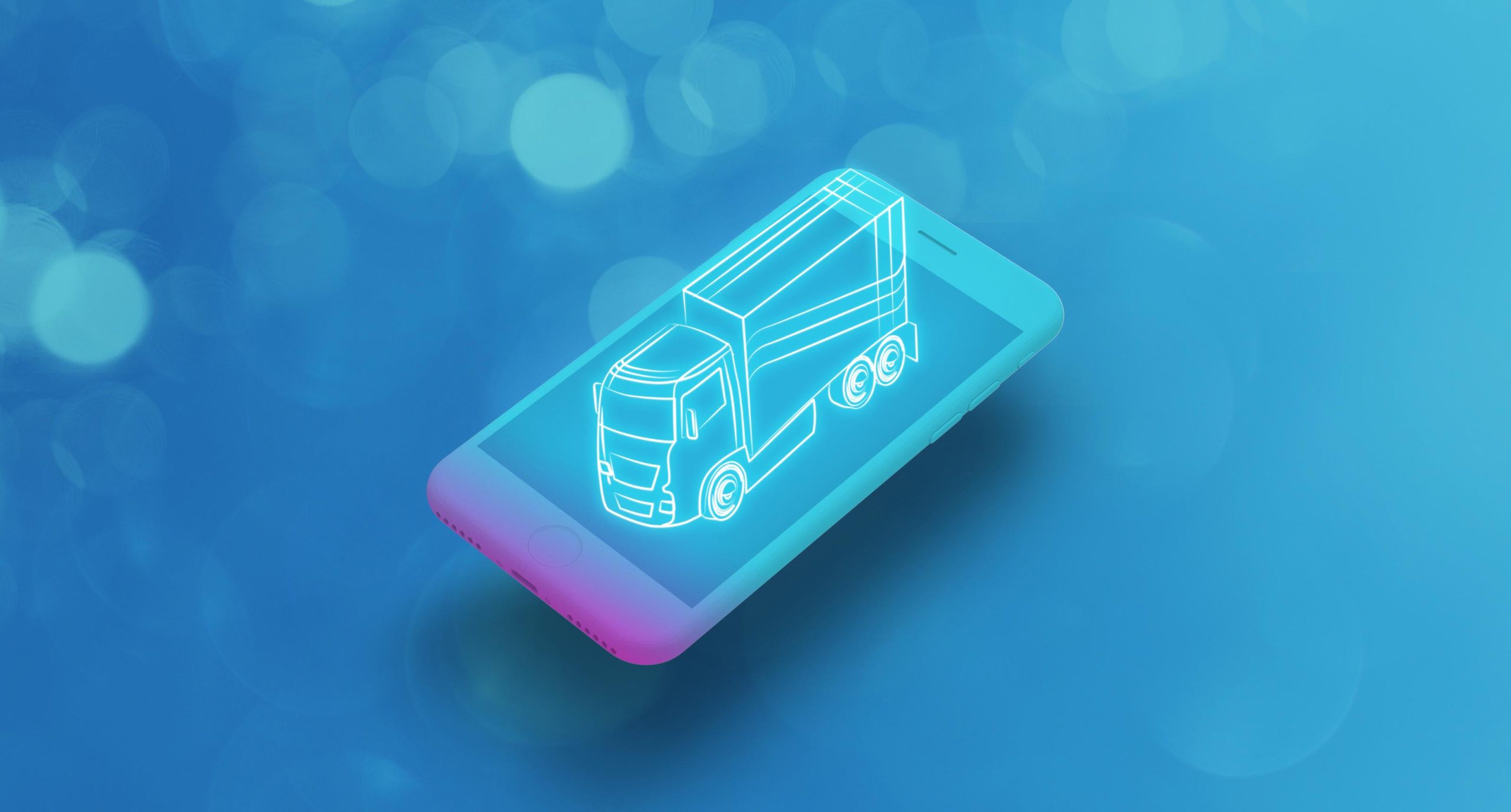This week, in Part 3 of our Adapting to Coronavirus series, we’ll tackle shipping and logistics.
The business shutdowns caused by COVID-19 have caused ripple effects throughout the entire supply chain,
Even the biggest eCommerce retailers like Amazon are having trouble restocking items and delivering orders on time. Some Prime-eligible items are now delayed by up to 30 days or more.
So, here are a few tips for dealing with issues in delivery, logistics, and shipping.
1. Let Customers Know Right Away If They Can Expect Shipping Delays
First and foremost, it’s a good idea to let customers know ahead of time how long it will take for their orders to be shipped.
If you expect shipping delays on a particular item or your preferred carrier is estimating a longer delivery time than you would normally expect, it’s a good idea to let your customers know as quickly as you can – before checkout, if possible.
Ideally, you should be able to provide an estimated delivery date automatically using your eCommerce platform. Real-time shipping estimates can help customers choose the right shipping method for them, depending on the urgency of their package.
We also recommend contacting customers immediately if their order is delayed after it’s been placed. Being proactive about shipping delays lets you go above and beyond customer expectations. Whether or not they cancel, you should also consider giving your customer a coupon or another special offer – this will help ease the sting of the delay.
2. Consider A Longer Delivery Window For Free Shipping
75% of consumers expect free shipping in 2019 – up from 68% in 2017. Thanks to eCommerce giants like Amazon and its Prime 2-day shipping program, shipping expectations have changed quite a bit in the last few years.
However, just because customers want free shipping doesn’t necessarily mean you have to pay an arm and a leg to offer 2-day shipping like Amazon. 50% of consumers are willing to “choose the slowest shipping option” to qualify for free shipping. To save some money, most people are more than willing to wait a few extra days for their order, especially for items that are not time-sensitive.
For that reason, you may want to consider sending packages with free delivery using a slower fulfillment method, or a method that has a wider delivery window.
If you offer free shipping using a slower fulfillment method, customers always have the option to save money and choose this method – or if they need an order more quickly, they can choose a paid shipping method and get their items faster.
You could also consider introducing different order thresholds for free shipping. Orders over $50 could get free standard shipping, for example, while orders over $150 may get free priority 2-day shipping.
3. Send Customers Email Notifications About Stockouts
eCommerce retailers aren’t just having trouble fulfilling orders that are placed by customers – many retailers are struggling to maintain stocks of their most popular items. The shipping and manufacturing disruptions caused by COVID-19 have dramatically increased the number of eCommerce stockouts.
Unfortunately, it may not always be possible to avoid stockouts at your eCommerce store. But if a popular item does go out of stock, we highly recommend that you contact customers about it as soon as you can.
If you’re emailing a customer who has purchased an out-of-stock item, you can quickly offer a refund or suggest a replacement item, and ensure that they get the best possible service from your store.
In addition, you can let customers sign up for email notifications about out-of-stock items, so that they will be the first to know when the item comes back into stock at your store.
4. Always Work With Multiple Shipping Providers
Now more than ever, it’s important to work with multiple shipping providers like FedEx, UPS, USPS, DHL, and more.
Depending on your eCommerce platform, this functionality may be part of your native dashboard – but in some cases, you may need a third-party extension or API to allow you to get quotes and estimates from multiple shipping providers at your store.
The more shipping providers you work with, the more likely it is that you’ll be able to offer your customers the best possible shipping and delivery service – at a reasonable price.
5. Create A COVID-19 FAQ To Help Relieve Your Customer Service Team
If you’re being inundated with questions from customers about COVID-19 and how it’s affecting your shipping and operations, it’s a good idea to put together a list of frequently-asked questions about COVID-19 and how it’s affecting your operations, and to display it prominently on your website.
In this FAQ, you can address the most common questions that customers may have about your store and how it’s been impacted by COVID-19, such as:
- Product availability issues
- Refund and product exchange policies
- Information about shipping methods and potential delays
If you create a detailed FAQ with answers to the most common questions your customers may have, you’ll be able to handle customer support problems more efficiently, and avoid answering basic, simple questions that are already answered by the FAQ.
Follow These Tips – And Keep Your Customers Happy During COVID-19!
Managing your eCommerce store during this time won’t be easy, and issues with shipping, stockouts, and other related logistics problems can be very frustrating. But if you follow the tips in this guide from 121eCommerce, you’ll be able to keep your customers satisfied, deal with these challenges, and get through these troubled times more easily.
Need more tips or information about eCommerce, digital marketing, and more? Take a look at the 121eCommerce blog now, and arm yourself with the knowledge you need.
Be sure to check out the rest of the series for even more resources and tips:


Leave a Reply
You must be logged in to post a comment.